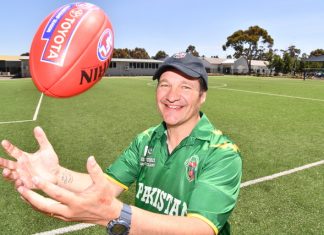Macedon Ranges Residents Association wants more bang for their buck after it was revealed property owners pay some of the highest rates in the state.
A comparison of rate bills from 79 councils for 2014-15 on the state government’s Know Your Council website shows ratepayers in Macedon Ranges paid about $1823 in the past financial year.
That was just $8 less than the average Manningham bill – where some of the state’s second highest ratepayers live.
Residents association secretary Christine Pruneau said people are struggling to understand how their rates dollars are being spent.
“It’s a bit of a revelation to see how Macedon Ranges shire compares to other regions on how much they paid in rates,” Ms Pruneau said.
“It’s all well and good asking people to pay money, but they want to see value for their money – useful projects priorities and responsible return to the community.
“I don’t think that people are convinced that they are getting the best service that they’re paying for. I guess we just have to be thankful that we don’t live in Nillumbik.”
Nillumbik, in Melbourne’s north-east, topped the municipal big spenders with a $2463 average rates bill – the only council to exceed the $2000 average mark.
At the other end of the scale, the average residential rate bill in Greater Dandenong for the same period was just $864.
This is thanks to its concentration of commercial and industrial properties, which pay higher rates.
Rates notices for 2016-17 went out to Macedon Ranges property owners last month.
Early predictions were that rates would rise to more than $2000, on average, about $50 more than 2015-16 bills.
This year’s budget was based on an average increase of 2.5 per cent for this financial year.
But final rate hikes could be even steeper for many property owners as this year has also been a revaluation year.
Macedon Ranges council chief executive Peter Johnston said the average residential rate bill for Macedon Ranges householders quoted in the Know Your Council data includes kerbside collection fees, which some councils don’t include.
“Overall, when compared to similar councils and the state averages, our results are extremely positive, but we also recognise that these results cannot tell the full story – all councils and communities are different, and specific circumstances and priorities always influence results,” he said.
“Our results reflect high levels of financial efficiency in the delivery of services, transparency, compliance and high usage levels for services.”
Comparative data of this year’s rates with last year’s will be on the Know Your Council website in November.






